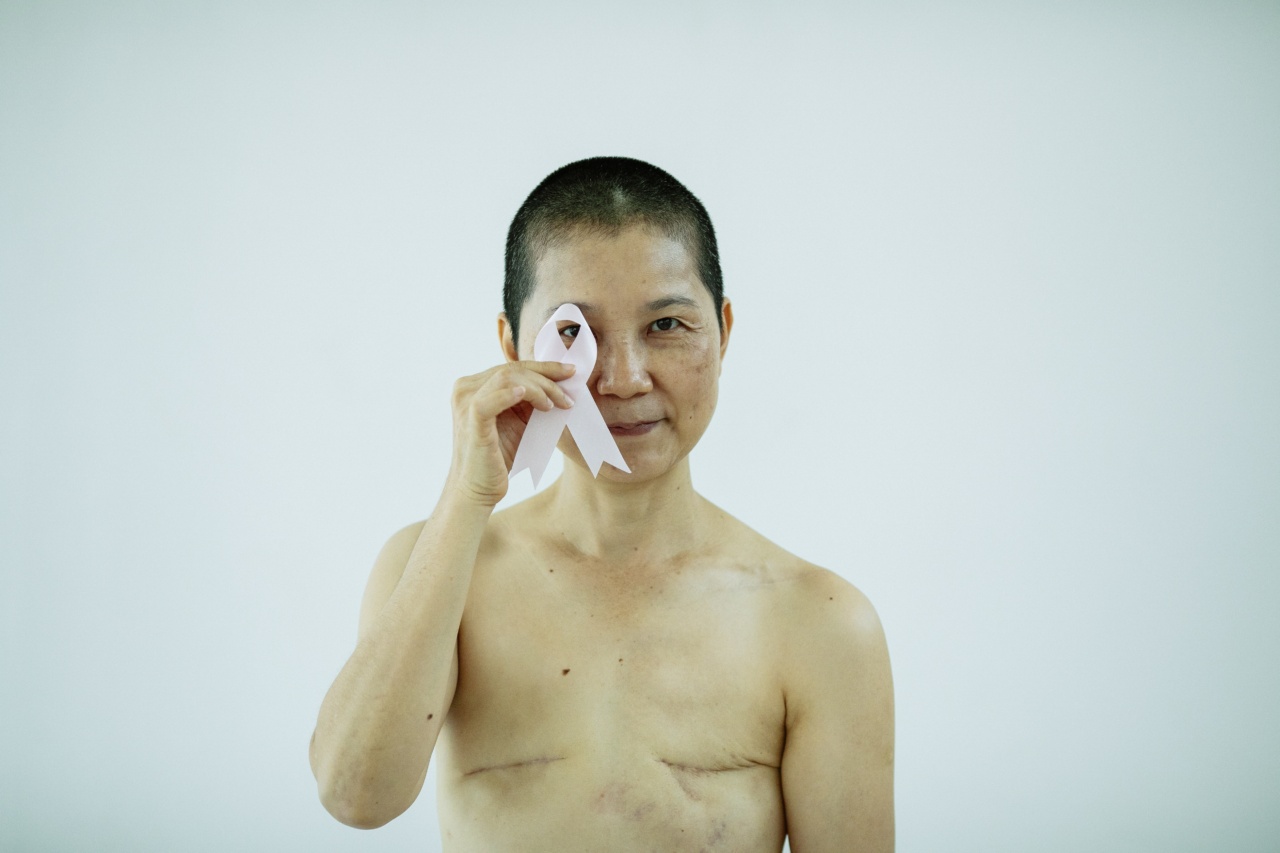Breast cancer is one of the most common types of cancer that affects women around the world. The earlier the cancer is detected, the higher the chances of successful treatment and survival.
Therefore, it is crucial to be aware of the signs and symptoms of breast cancer to ensure early detection and prompt medical attention. This article will discuss the key symptoms of breast cancer that you should be aware of and the importance of regular self-examinations and screenings in detecting breast cancer.
1. Breast Lump or Thickening
A breast lump or thickening is one of the most common signs of breast cancer. These lumps often feel different from the surrounding breast tissue and may be painless.
It is essential to note that not all breast lumps are cancerous, but any new lump or thickening should be evaluated by a healthcare professional.
2. Changes in Breast Size or Shape
Another potential symptom of breast cancer is a noticeable change in breast size or shape. If one breast becomes larger or lower than the other, it could be an indicator of breast cancer.
Similarly, if the shape of the breasts changes, with one breast becoming more flattened or indented, it is important to get it checked by a doctor.
3. Breast Pain or Tenderness
While breast pain is not typically associated with breast cancer, it is still a symptom worth noting.
Persistent breast pain or tenderness that does not go away and affects only one breast should be evaluated by a healthcare professional to rule out any underlying conditions, including breast cancer.
4. Changes in Nipple Appearance
Changes in the appearance of the nipple can also be an indication of breast cancer. Look out for the following changes:.
- Retraction or inward turning of the nipple
- Redness or scaling of the nipple or surrounding skin
- Newly inverted nipple
- Nipple discharge, especially if it is bloody or clear
If you notice any of these changes, it is important to consult a healthcare professional for evaluation.
5. Skin Changes
Changes in the skin of the breast or nipple can be a sign of breast cancer. Look for the following skin changes:.
- Dimpling or puckering of the skin
- Changes in the texture of the skin, such as peeling or scaling
- Swelling, redness, or warmth in the breast
If any of these skin changes are present, it is essential to seek medical attention for further evaluation.
6. Swollen Lymph Nodes
The lymph nodes located in the armpit or above the collarbone can become swollen or tender if breast cancer has spread.
While swollen lymph nodes do not always indicate breast cancer, it is crucial to have them checked by a healthcare professional to identify the underlying cause.
7. Breast or Nipple Pain
In some cases, breast or nipple pain can be a symptom of breast cancer. If you experience persistent pain or discomfort in the breast or nipple area, it is advisable to seek medical advice for proper evaluation and diagnosis.
8. Unexplained Weight Loss
Unexplained weight loss can be a symptom of various underlying health conditions, including breast cancer.
If you are experiencing significant weight loss without any known cause, it is important to consult a healthcare professional to determine the cause and rule out breast cancer.
9. Fatigue and Changes in Energy Level
While fatigue is a common symptom of various conditions, including stress and overexertion, it can also be associated with breast cancer.
If you feel unusually tired or fatigued for an extended period, it is advisable to consult your doctor for a thorough evaluation.
10. Other Less Common Symptoms
It is important to note that breast cancer can sometimes present with less common symptoms, such as:.
- Unexplained back or shoulder pain
- Changes in breast color or unusual rashes
- Enlarged veins on the breast
- New or persistent breast swelling
If you experience any of these symptoms, it is essential to seek medical attention.
Early detection plays a crucial role in the successful treatment of breast cancer. Regular self-examinations and routine screenings, such as mammograms, are vital in detecting breast cancer at its early stages when it is most treatable.
If you notice any changes or symptoms mentioned above, do not hesitate to consult a healthcare professional for a proper evaluation and diagnosis.
Conclusion
Breast cancer is a concerning health condition that affects many women worldwide. By being aware of the symptoms associated with breast cancer, you can play an active role in early detection and timely treatment.
Regular self-examinations, routine screenings, and seeking medical attention for any changes or concerns are fundamental in maintaining breast health. Remember, early detection can significantly improve the chances of successful treatment and survival.





























